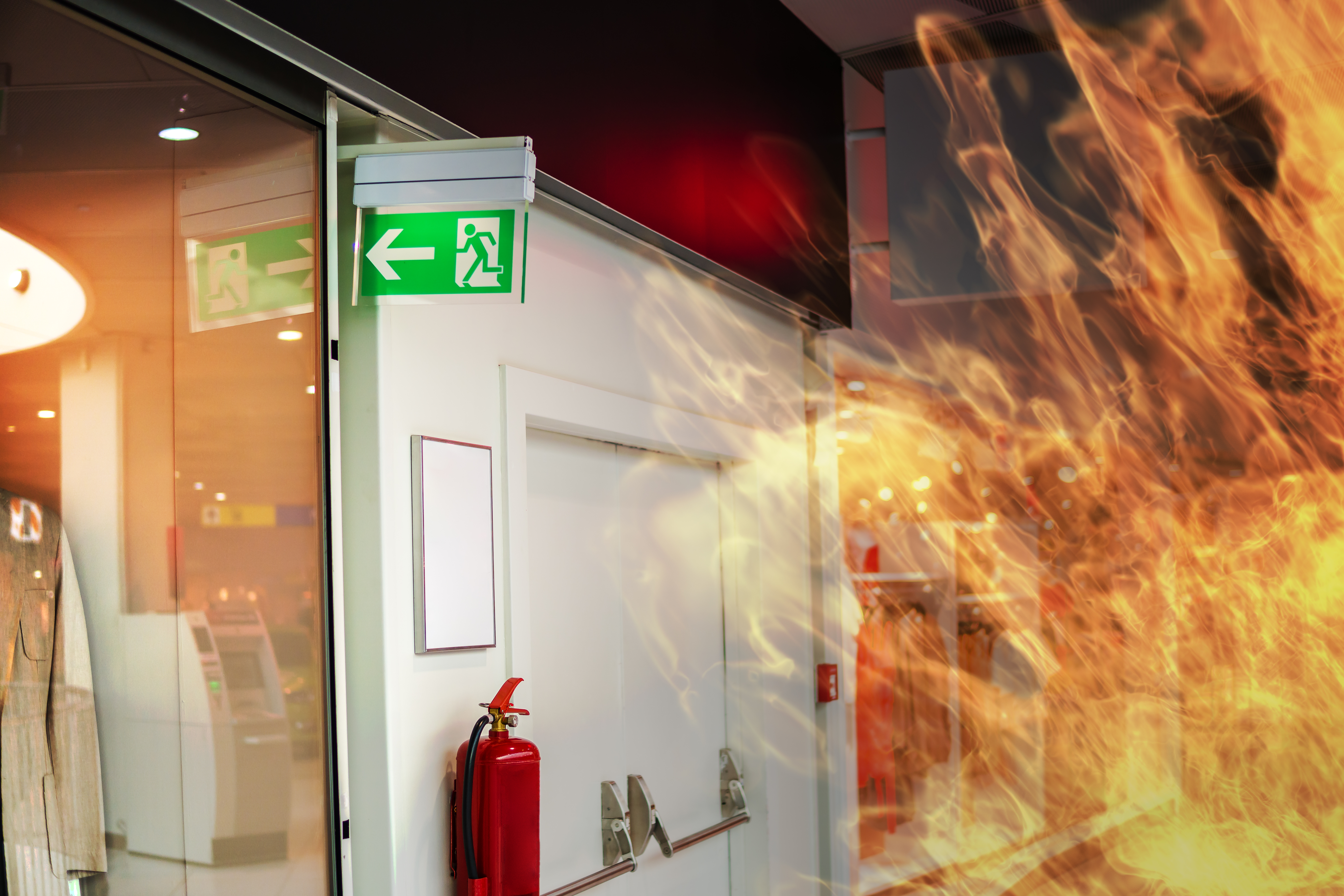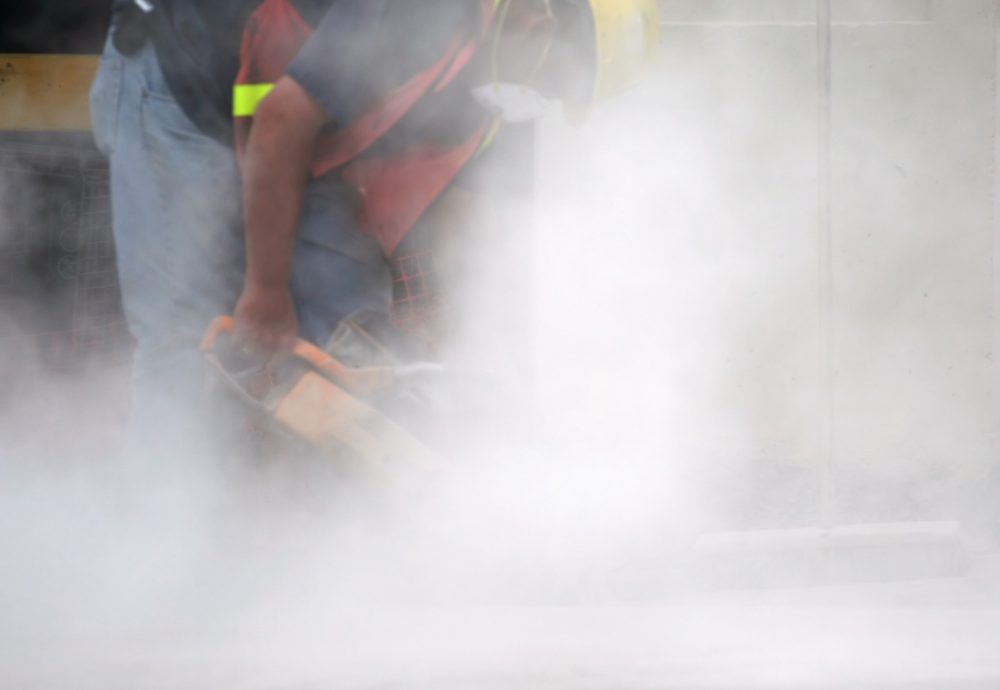RESIST THE RISK: FIRE SAFETY AUDITS AND RISK ASSESSMENTS
12 October 2018
Alarming statistics show an increase in the number of fires and resulting fatalities, correlating to a decrease in fire safety audits*. In light of Fire Door Safety Week, Christian McCale, Senior Consultant, discusses the impact of not conducting regular fire risk assessments and audits, and what you can do to ensure your business premises is safe.
Fire Door Safety Week, 24th September – 30th September 2018, has been raising awareness of the importance of using engineered safety devices to promote multiple lines of defence against the starting and spreading of fires (with fire doors being one of the first lines of defence).
With over 100,000 fires occurring in both domestic and non-domestic buildings each year resulting in excess of 600 deaths, the importance of maintaining fire defenses and implementing effective risk assessments and conducting regular fire safety audits is essential to ensuring that not just buildings and assets are protected, but crucially our teams and building occupants are protected from the risks of fire.
What Is a Fire Safety Audit?
A Fire Safety Audit is an in-depth examination of non-residential commercial buildings to determine the management of the property with regards to fire safety.
Fire Safety Audits are usually pre-arranged by the person responsible for the building in order to be compliant with regulations. However, inspections can be unannounced in cases where an issue has been reported or a complaint has been made. In the case that an audit is unannounced, the inspection will be conducted by an HSE inspector and the building owner will be billed for the audit if any issues are discovered.
The in-depth examination, undertaken by the fire safety inspector, includes an assessment of the current relevant documents by certified fire safety inspectors.
Documents you may be required to present during an audit include:
- Fire Risk Assessment
- Practice Fire Drill Records
- Training Certification
- Evacuation Protocol
- Evidence Of Testing Of Fire Prevention Systems
Often, during the audit, the fire safety inspector may speak to the building occupants and employees to ascertain their fire safety awareness levels and to assess whether or not an effective, regular fire safety evacuation and safety system are in place.
What Are The Fire Regulations?
Employers, building owners, duty holders, and anyone who is responsible for the safety and well being of occupants within any commercial building must abide by The Regulatory Reform (Fire Safety) Order 2005 to ensure the safety of employees and visitors.
Do Fire Regulations Need Reviewing?
In May 2018 Dame Judith Hackitt published an Independent Review of Building Regulations and Fire Safety (commissioned following the Grenfell Tower tragedy), describing the need for regulatory reform after uncovering flaws within the current system. Dame Judith emphasised the need for a radical rethink of how the systems work and implore the need for:
- Effective audit trails and evidence tracking.
- Reviews on manufacturers Quality Assurance specifications relating to engineered safety devices.
- Simplicity in regulations and guidance to make them more accessible to remove potential misunderstanding/misinterpretation.
- Clarity on roles, responsibilities, and accountability.
- Enforced regulatory oversight with higher penalties to act as a deterrent.
During the IOSH conference in September 2018, Dame Judith addressed delegates stating that a significant culture change was imperative within the construction industry stating:
“When I looked from the outside into standards in the built environment, what I encountered was truly shocking. The system for fire safety in high-rise and complex buildings was weak and ineffective.”
Preventative Measures Save Lives
Where fire safety is concerned, prevention and preparation are paramount in protecting teams, employees and visitors to your buildings and sites. Resisting cost cutting exercises that impeach the quality and maintenance of safety devices whilst encouraging regular cohesive fire risk assessments and training will not only protect your property but will also protect your organisation from backlash off the back of a fire incident.
More Information
*Statistics According To Building Talk: Fire Door Safety Week With Abloy UK: http://www.buildingtalk.com/fire-door-safety-week-with-abloy-uk/
Dame Judith Hackitt: Independent Review Of Building Regulations And Fire Safety: https://assets.publishing.service.gov.uk/government/uploads/system/uploads/attachment_data/file/707785/Building_a_Safer_Future_-_web.pdf
The Regulatory Reform (Fire Safety) Order 2005: http://www.legislation.gov.uk/uksi/2005/1541/contents/made
Lucion Services: Fire Risk Assessment And Training: http://www.lucionservices.com/services/fire-safety/
Lucion Services: Fire Safety Awareness Training: http://www.lucionservices.com/training-courses/fire-safety/
IOSH: Impossible To Rule Out Another Grenfell – Fire Review Author: https://www.iosh.co.uk/News/Dame-Judith-Hackitt-IOSH-2018.aspx
Fire Door Alliance: Best Practice Guide: https://www.firedoorsafetyweek.co.uk/wp-content/uploads/FireDoorAlliance-BPG.pdf
Fire Door Safety: Toolkit Downloads: https://www.firedoorsafetyweek.co.uk/toolkit/
Risk Assessment Checklist
Make sure your Risk Assessment covers all the bases with this quick 6 step Risk Assessment checklist.
.png)
Download From NexGen
Health and Safety Policy Template
Get organised and allocate responsibilities to certain team members using this easy to use Health and Safety Policy template provided by our health and safety consultants at Lucion Consulting.
_1.png)
Download From NexGen
Method Statement Template
A method statement is a description of how the work will be carried out safely, in a logical sequence exactly how a job is to be carried out in a safe manner and without risks to health. Use of Method Statement template to help write your method statement.
_1.png)
Download From NexGen


 NexGen
NexGen












